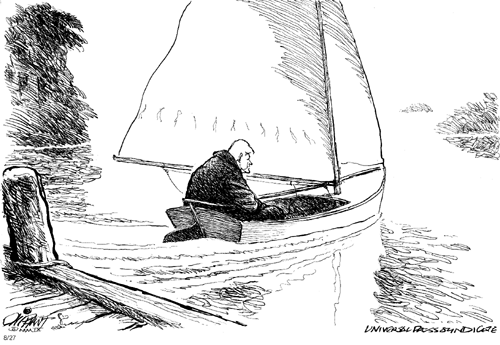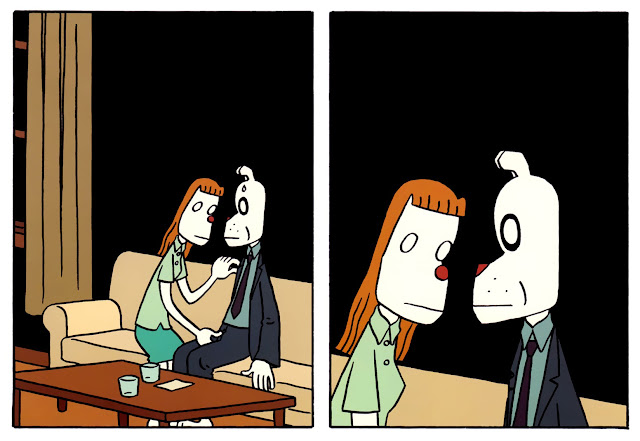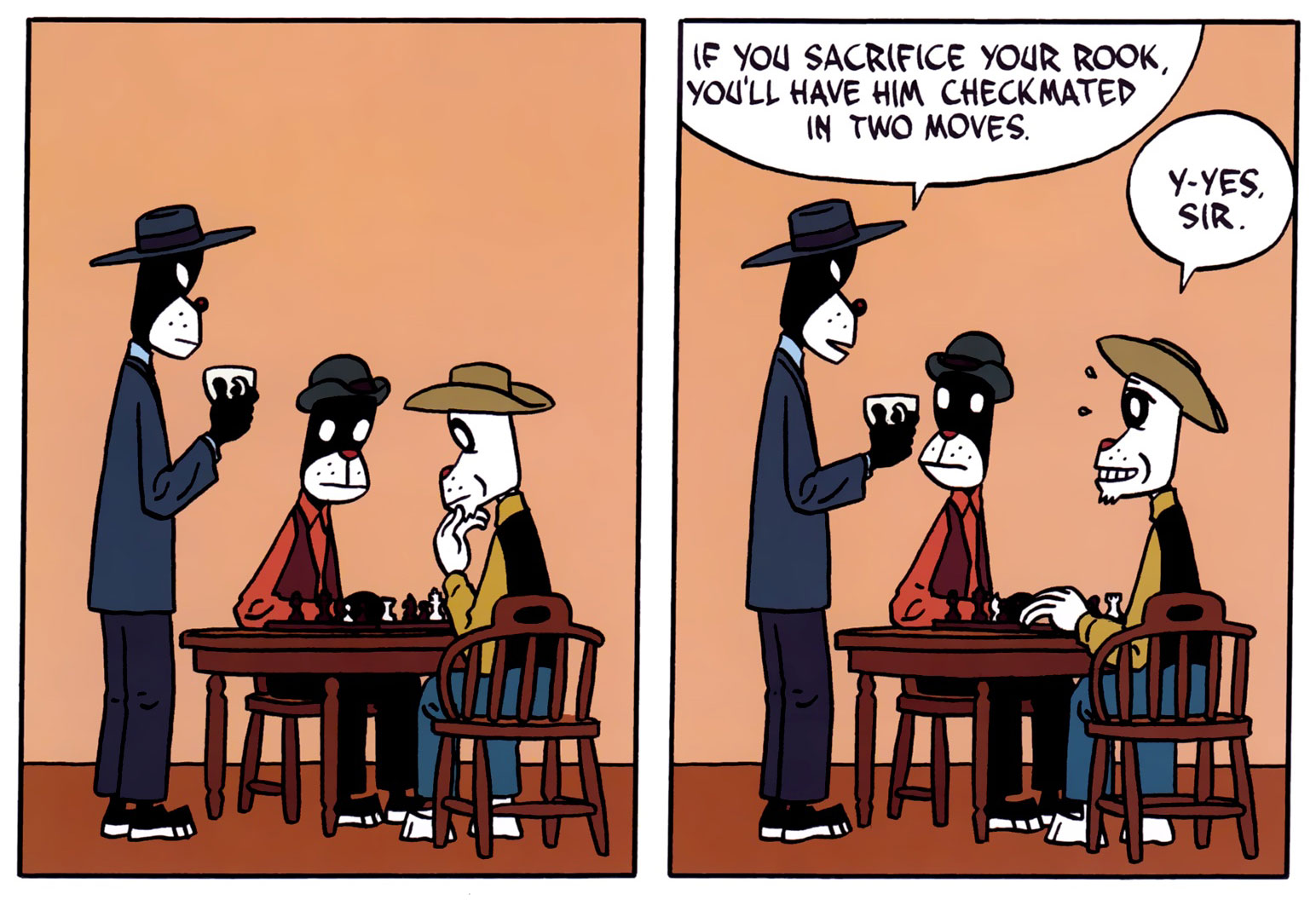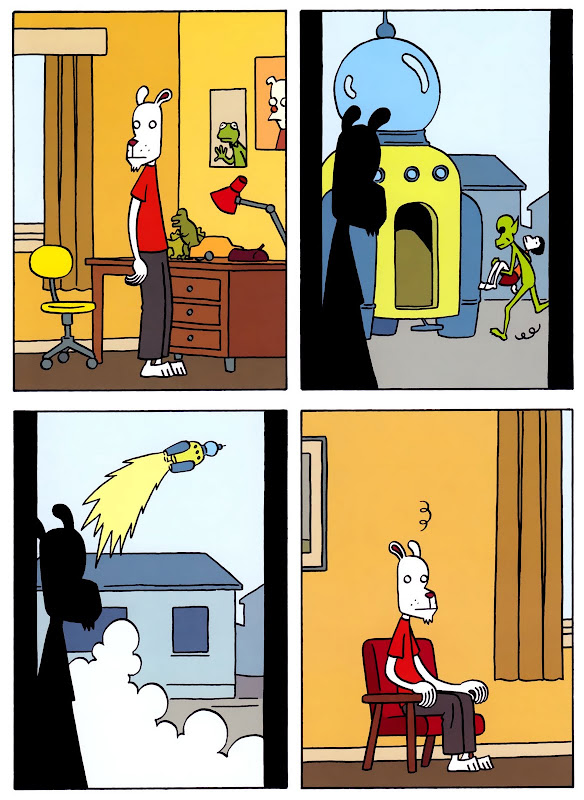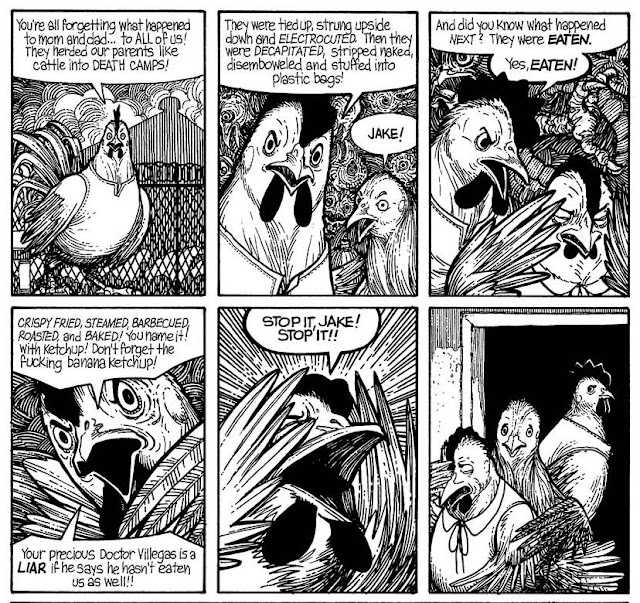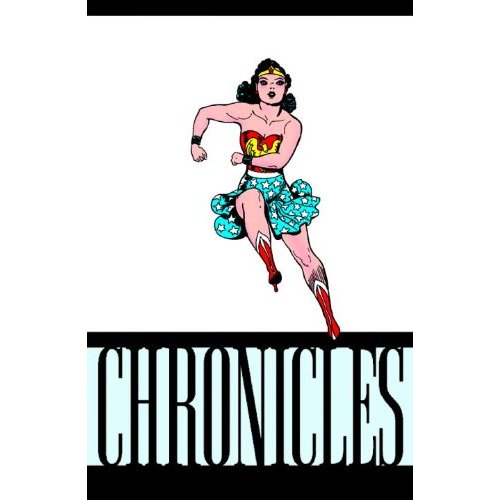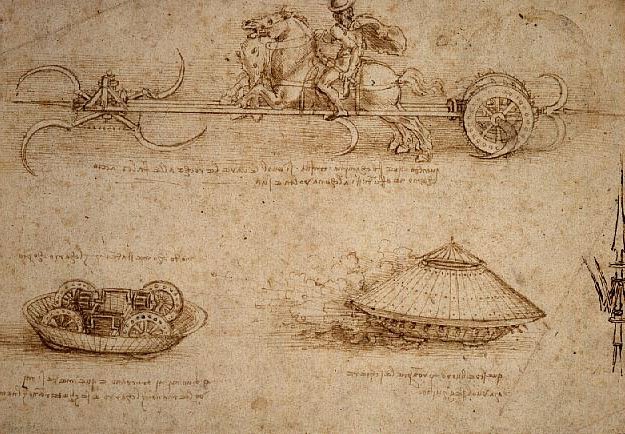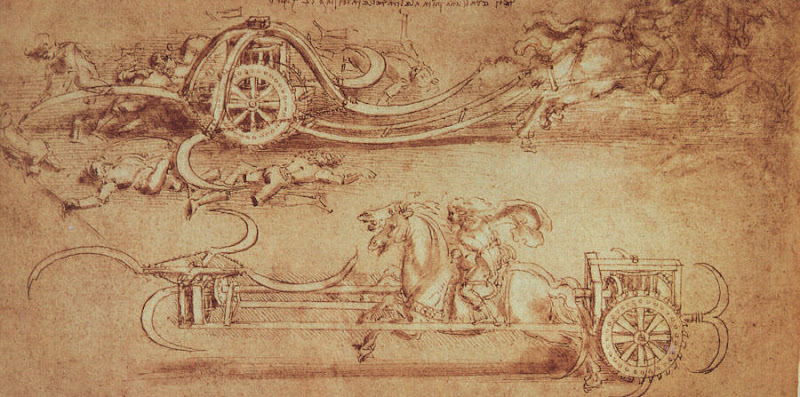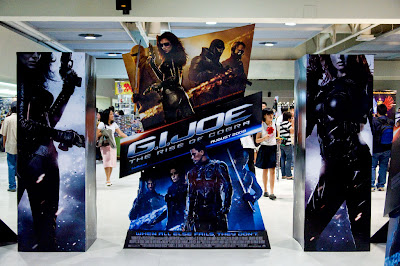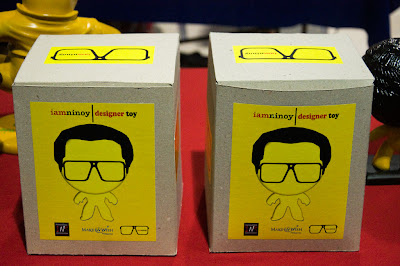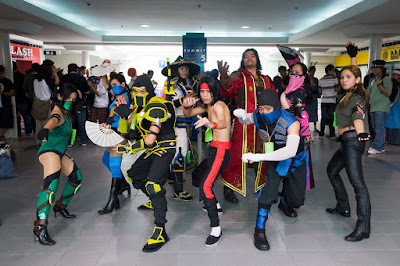Pissing All Over The Superheroes
 Invincible #60-65
Invincible #60-65
by
Robert Kirkman, Ryan Ottley, Cliff Rathburn, Fco Plascencia
One of the pleasures of reading
Robert Kirkman's comic series
Invincible is watching him construct a universe through interconnected story arcs that feels both straightforward, but multi-layered. His characters aren't complex, but he manages to balance the ever growing ensemble by deftly switching between the the interactions of main character
Mark Grayson a.k.a.
Invincible - The son of an extremely powerful superhero who was revealed to be an agent for a world conquering alien race called the
Vitrumites, and his supporting cast. Much like the best of the nascent
Marvel titles of the sixties, there's an engaging naivete to the cast, and a sense of wonder watching a new world unfolding. But I have to wonder how long Kirkman can keep this up before his creation becomes too byzantine, or too weighed down by its own internalized status quo.
There have been recent moves to connect the title to a larger shared universe that could be said to have culminated in issue #60.
Lex Luthor stand-in
Angstrom Levy has gathered an army of Invincible's villainous alternate Earth versions and unleashed them on the world. This provides an excuse for cameos from all of
Image Comics superhero lineup. Much bloody chaos ensues. The whole thing turns out to be one gratuitous gimmick and a prelude to a knock down drag out fight between Invincible and a Vitrumite soldier sent to keep him in line. The superhero population is largely incapacitated. People die, including an important supporting character. Another's boobs get bigger, literally. But her powers start going all wonky. Half a dozen plot points for future arcs are sprinkled throughout. Mark reaches an important turning point, and suddenly this series has gotten a lot more complicated. Oh boy.
 Power Girl #1-4
Power Girl #1-4
by
Jimmy Palmiotti, Justin Gray, Amanda Conner, Paul Mounts, John J. Hill
And speaking of gratuitous there's
Power Girl. Is there any superhero so obviously derivative with such a convoluted history? Female characters possessing superpowers and ample cleavage should be easy enough to sell. Just look at
Cutey Honey. But at
DC she's ranked lower on the totem pole than
Superman,
Wonder Woman, and
Supergirl. Given how DC sometimes treats even marquee properties like Wonder Woman like shit, what chance does Power Girl have of moving up from being a magnet for puerile big boob jokes?
Jimmy Palmiotti and
Justin Gray attempt to develop her civilian identity and supporting cast. But the battle between her and the
Ultra-Humanite feels indifferent despite the over the top scheming from Humanite. Actually I'm put-off by the attempt to update the classic supervillain with a more distasteful violent origin. More humor is used in issue four, but it's not enough to block-out the bad taste from reading the last three issues.
Batgirl #1
by
Bryan Q. Miller, Lee Garbett, Trevor Scott, Guy Major, John J. Hill
Hey, another derivative character. This is a passing of the
Batgirl mantle from
Cassandra Cain to the often abused
Stephanie Brown despite the latter girl's reservations. Meanwhile the original Batgirl,
Barbara Gordon, broods as if she's trying to be
Bruce Wayne. The issue's pretty confusing as the reader is simply dumped into the story mid-stride without prior explanation. But then, who cares about Batgirl outside of the rabid Bat fans.
Ultimate Comics Avengers #1
by
Mark Millar, Carlos Pacheco, Danny Miki, Justin Ponsor, VC's Cory Petit
First, that's not what the title on the cover says. Second, they aren't called the
Avengers in this issue. Oh look, they've bought
Mark Millar back along with his trademark wit, or what passes for wit in these pages. In fact he picks up from where he left off determined to ignore as much as possible the intervening events. But then again no one seems to care. The
Ultimate line hasn't been around that long, but this already feels like a reinstatement of some long-standing
status quo.
Ultimate Comics Spider-Man #1
by
Brian Michael Bendis, David Lafuente, Justin Ponsor, VC's Cory Petit
This is even more insistent about the return to the status quo. Six months since a massive tsunami submerged New York and things have returned to normal? Then again
Spider-Man's public cred has never been higher, so maybe that counts for something.
Brian Michael Bendis is still writing the title, and this has given it a consistency not found elsewhere in the Ultimate line. I haven't kept up with it lately, and this relaunch has yet to convince me to return to the ongoing teen soap opera that is
Peter Parker's life.
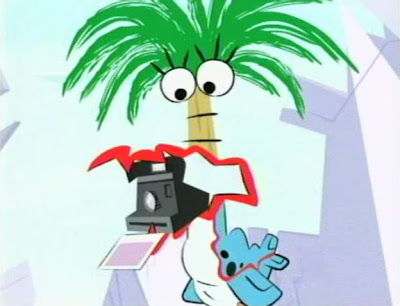

.jpg)
